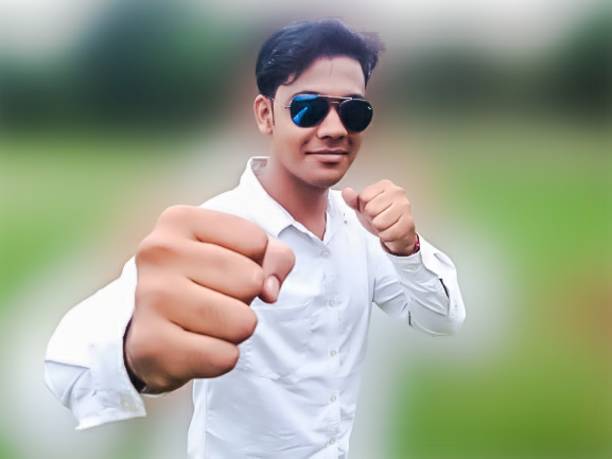Known as El Libertador (The Liberator) and the “George Washington of South America”, Simon Bolivar was a great general and statesman in South America.
He led revolutions against Spanish rule in the Viceroyalty of New Granada (an area that included present-day Colombia, Panama, Ecuador and Venezuela).
To do this, he won military victories against Spanish forces in Bolivia, Panama, Colombia, Ecuador, Peru and Venezuela. These victories led to the end of Spanish colonialism and the beginning of national independence in each of those countries.
Born into an aristocratic family in 1783, he was inspired by Enlightenment thinkers such as Voltaire and Jean-Jacques Rousseau and vowed to liberate his country, Venezuela.
He captured Venezuela but his victory was only short-lived as the Spanish counter-attacked and captured control of the country, forcing Bolivar to flee.
While in exile, Bolivar wrote La Carta de Jamaica (“The Letter from Jamaica”) in which he outlined his vision for South America: constitutional republics with upper and lower houses (modeled on the government of the United Kingdom) and, ominously, a president chosen for life.
After returning to Venezuela, he engaged the Spanish forces in the Battle of Boyaca (1819) and the Battle of Carabobo (1821), culminating in a final victory for Bolivar and the revolutionary patriots over the Spanish.
At the end of 1822, Ecuador was liberated by Bolivar’s forces and this was followed in 1824 by the liberation of Peru.
Bolivar was now president of Gran Colombia (an area that comprised present-day Colombia, Venezuela, Ecuador, and Panama) — a country already recognized by the United States — and dictator of Peru.
In 1825, Bolivar’s forces, under Antonio Jose de Sucre, liberated Upper Peru. This country was renamed Bolivia, in honor of Simon Bolivar.
Bolivar had hoped to form a union of the new South American nations, from Chile and Argentina to Mexico; but in fact nationalist sentiments quickly came to prevail over pan-continental ideals and, by the year 1830, Gran Colombia had split into three different countries — Colombia (including Panama), Venezuela, and Ecuador.
At the end of his life Bolivar experienced great opposition and was almost assassinated. He died on December 17, 1830.
Despite his weaknesses, being a conservative who was not adverse to dictatorship, Simon Bolivar’s presence is still felt everywhere in Latin America — with streets, places, monuments, statues, banknotes, coins, stamps, and even a country bearing his name. He is remembered throughout the continent to this day as the hero who brought national independence.




